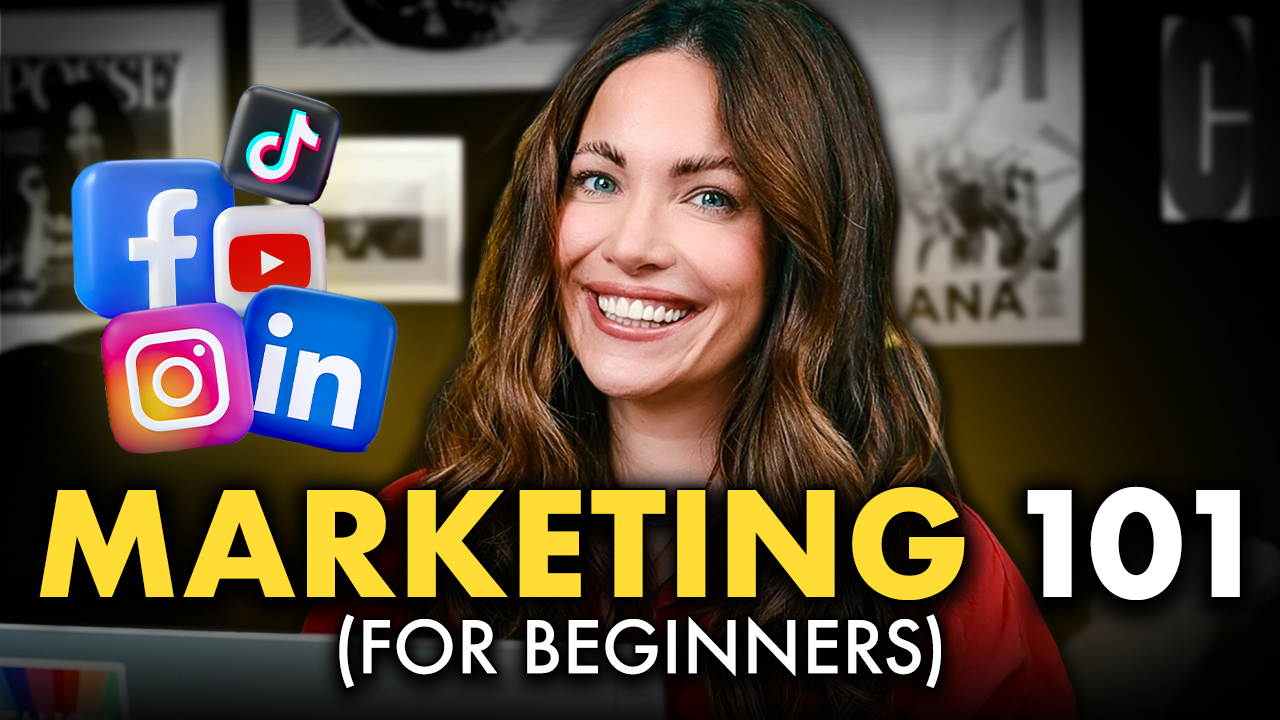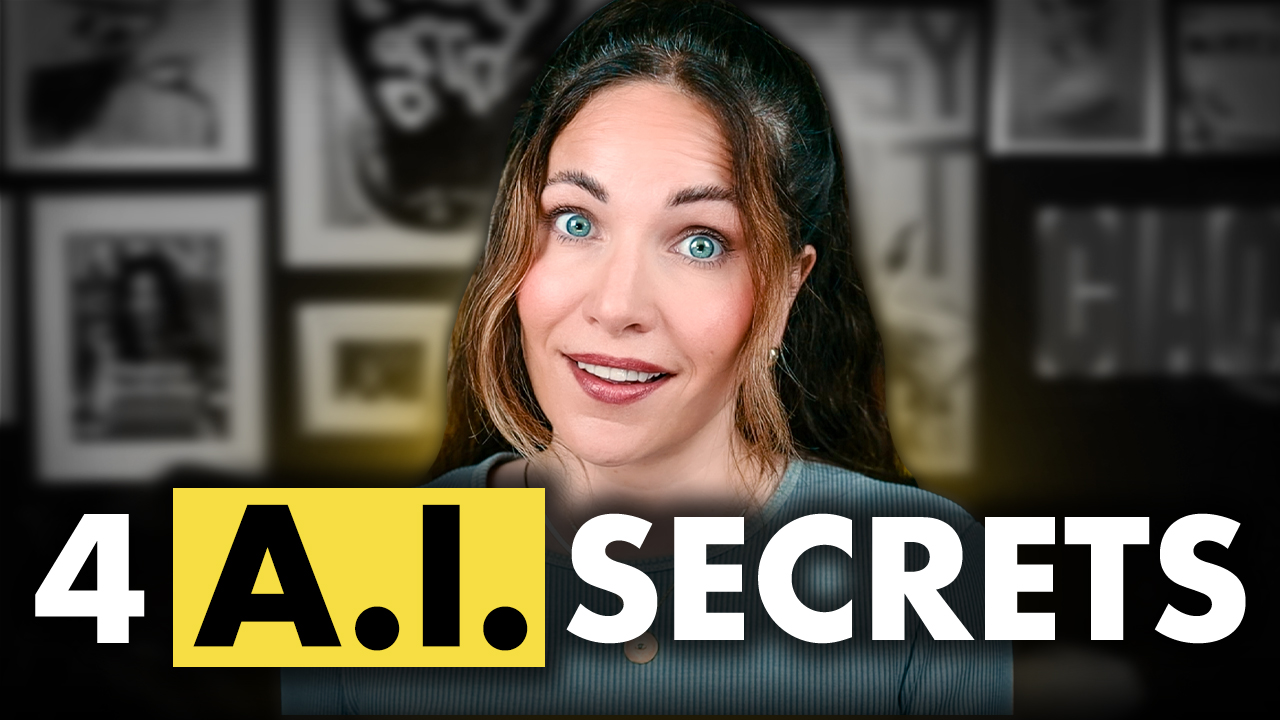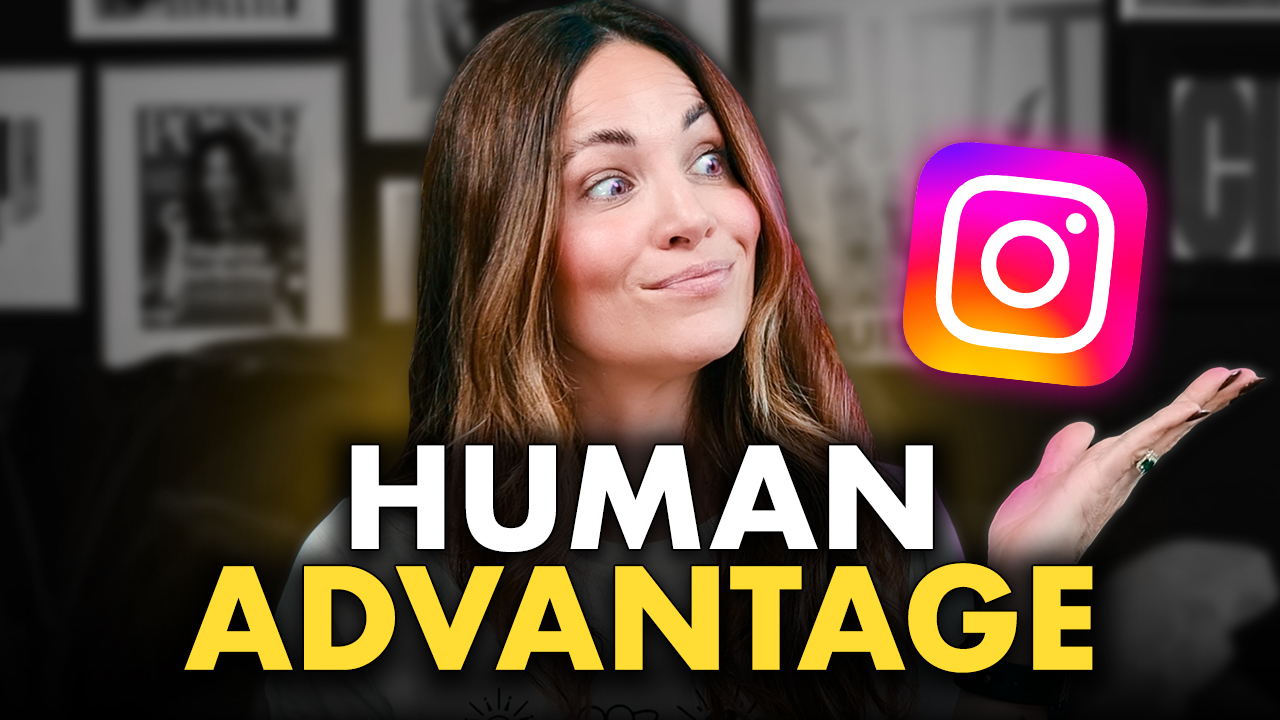Ever read an ad and think, omg, I have to buy this?
That’s not an accident. That’s great marketing. In this post, I’m showing you 5 ads that absolutely nailed it – and the psychology behind WHY I think they work so well.
Hey, Posse! What’s up? It’s Alex. I help freelancers and business owners sell more products and services online – without using douchey and outdated tactics that make EVERYONE cringe.
So if ethical marketing and branding is your kinda your thing, like it is mine, then you know what to do!
Subscribe to my newsletter so you know when my next blog post goes LIVE.
Today, I’m breaking down some examples of great ad copy in the wild, so you can keep these in your back pocket as inspiration the next time you need to write an ad.
BUT I’m not stopping there. I’m also going to explain to you WHY I think they work so well.
Because it’s one thing to recognize great copy. But it’s another thing altogether to actually UNDERSTAND the psychological principles at play.
Once you learn WHAT makes great copy great – you can go out there and create “winning copy” in your own business and you’ll never run out of amazing ideas to test.
I’m thinking about making this part of a 3-part series where I break down examples of great copy in action: One post where I share winning ads (this post).
One where I share winning landing pages. And another on winning emails.
If you like that idea, leave a comment below and let me know. I LOVE to hear from you guys.
Alright – let’s get to these some GREAT ads shall we? Starting with a few classics.
#1: ‘Think Small’ by Volkswagen (1959)
One of the most famous print ads of all time – Volkswagen’s ‘Think Small.’

This campaign first launched in 1959 and by the mid-1960s, the Volkswagen Beetle had become the best-selling imported car in the US.
This ad has gone down in history as one of the greatest because not only did it help Volkswagen break into the US market.
It also helped usher in a new form of advertising – one that focused on honesty and simplicity over flashy graphics and exaggerated claims.
This ad works because it directly calls out a “flaw” or something that could easily be perceived as a “negative” and turns it into a key selling point.
It’s utterly genius. In Robert Cialdini’s book Pre-suasion, he describes the act of admitting a flaw or something that isn’t perfect about you or your products as a tactic to increase trust and believability.
And that’s exactly what Volkswagen did in this campaign.
Over
And over
And over
And over again.

It’s genius because they are HOOKING YOUR ATTENTION by calling out common objections immediately.
NOT by trying to make themselves sound like the sexiest, fastest, and best car in the world.
Then they go on to ADDRESS those objections in the ad copy.
When it comes to great marketing, remember that BELIEVABILITY AND TRUST will always be more persuasive than bold claims, fancy branding and flashy messaging.
This Volkswagon ad is a great example of just how simple it can be to execute this concept.
Alright, next up: One of my favorite ad campaigns of ALL-TIME.
#2: Apple’s “Get A Mac” Campaign (2006–2009)
Tell me if you remember this series of iconic TV ads. All I need to say is “Hello, I’m a Mac, and I’m a PC” and you’re instantly transported back.
In this ad, Justin Long personifies the Mac as a cool, laid-back, and approachable guy.
And John Hodgman personifies the PC as this uptight nerd who lives and breathes for complex spreadsheets.

I have ALWAYS loved these ads because it’s a perfect example of what I call “SHOW, DON’T TELL” marketing.
The ad doesn’t have to SAY that Mac is simpler, cooler and more user-friendly It doesn’t have to “sell” itself at all.
Because the point they are trying to get across is INSTANTLY understandable.
They use humor to poke fun at the flaws of the PC AND they really play on the status and ego of the viewer.
Because no one wants to be PERCEIVED like the PC guy.
Everyone wants people to think they’re more like the Mac guy.
So the takeaway from this ad really is:
First, speak to your customer’s sense of identity and how they want to be perceived.
And then, SHOW THEM how your product/service/offer helps them be more of THAT.
It’s beautifully simple. Alright, next up:
#3: The Economist “I Never Read The Economist.” (1988)
Another classic print ad from The Economist which simply says:
“I never read The Economist — Management trainee, aged 42.”

Ahhhh, I love when marketing makes you pause and think.
Wait, what? Like:
“Lose the ability to slip out of meetings unnoticed.”
“Some people just get it.”
“Essential guide for those going places.”



This is another example of marketing that plays on your sense of EGO and STATUS.
These ads all imply the same thing.
If you read the Economist, you’ll be a little bit wiser. A little smarter.
And a little more accomplished than the average person.
You WANT to be the kind of person who reads the Economist – right?
These ads are soooo simple. They say so little, and yet they’re COMMUNICATING so much.
This proves that great copy doesn’t have to be lengthy or scream “features and benefits”.
You can have a big impact with just a few well-thought-out words.
Alright, next up, let’s look at a Facebook ad.
#4: Huel’s Instant Noodle Comparison (2025)
Here’s a more recent ad that, too, says A LOT without really needing to say anything at all.
Here, Huel is using the psychological principle of comparison and, in this example, showcasing it visually, which is extremely powerful.

They’re showing a side-by-side comparison of Huel Instant noodles with the typical “instant noodle” and they are doing it without calling out the exact competitor brand, which feels kinda shady to me.
Instead, they are calling out the “status quo” instant noodle that we are all familiar with.
In a simple visual, they showcase that yes, they both take 5 minutes to prep. But the Huel noodles have way more protein, vitamins and minerals AND they’re vegan.
This ad is clearly speaking to a health-conscious plant-based audience that wants to eat better BUT they don’t have a lot of time to prep meals and need something fast & convenient.
Now you may not have a product-based business like Huel, but that doesn’t mean you can’t use this concept to visually compare your offer or solution with the alternative. Get creative and think about ways you can do a side-by-side comparison, without directly calling out the competition.
And that brings me to our last example.
#5: The Copy Posse’s Personal Brand Bootcamp (2025)
Hey, it’s me! You KNOW I had to throw in one of my own ads! In fact, I’m going to give you a 2-for-1 here.
One static ad graphic with a strong hook and one native ad.
Native ads are simply ads that are designed to match the look, feel, and context of the surrounding content or platform. They aim to blend in seamlessly with organic content, making them less disruptive and more engaging for users.
Native ads are GREAT because most of us can spot an ad like this. And most of us have become “banner blind” to anything that looks like an ad.

We’ve subconsciously trained ourselves to instantly scroll right past it, unless it is extremely relevant or there is some brand recognition.
Now, don’t get me wrong. There is still a time and place for these kind of ads, or else I wouldn’t be using them.
They work VERY well with a warmer audience where there is a higher level of awareness and trust built, like in re-targeting ads. This particular ad performed really great for us in our Personal Brand Bootcamp promotion, raking in nearly 40% of total ad sales. Which is GREAT.
I think this ad worked as well as it did because of the hook, I used what I call the “Challenge Common Belief” hook.
You can see the headline says “Why You Need A Personal Brand. IN 2025, the most booked freelancers won’t just be the most skilled, they’ll be the most trusted.”
I’m Challenging the belief that “skills” are all the matters and introducing a new idea or concept that grabs people’s attention that you NEED a personal brand to build trust.
So that was an example of a great static graphic or banner ad. But now let’s take a look at another ad that performed really well for us for this same campaign.
This one was a more native ad that looks more like organic content.
And that’s because it was.
This actually started as an organic Instagram post.
That my team later turned into an ad to promote my Personal Brand Bootcamp.
This native ad had nearly a 9% conversion rate.

Which is AMAZING for Instagram ads, where the average conversion rate is only 1-2%.
In this native ad, we also use the “Challenge Common Beliefs” hook. Except this time, it’s in the caption.
We’re saying “what you’ve been thinking about personal branding is ALL WRONG.”
Then we go on the list some of the most common misconceptions.
We go on to explain why these misconceptions are wrong.
And educate on the CORRECT way to think about and approach personal branding.
So the takeaway from these last 2 ads is that you can use the SAME HOOK in different ways to speak to different segments of your audience.
And there you have it, 5 psychological principles that you should absolutely replicate in your own advertising.
- Admitting a Flaw
- Identity Marketing
- Playing To Reader’s Status and Ego
- Comparison
- Challenge Common Beliefs
Let me know if you liked this post.
And if you want more posts like this one: breaking down winning landing pages and emails, drop a comment and let me know!
I’ll see you next week with a brand new post. Until then, I’m Alex. Ciao for now.


